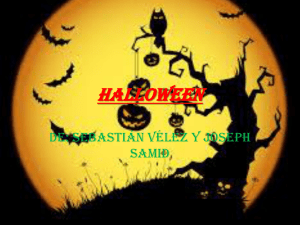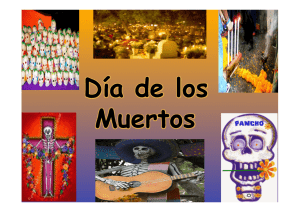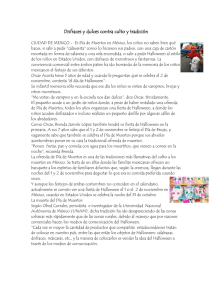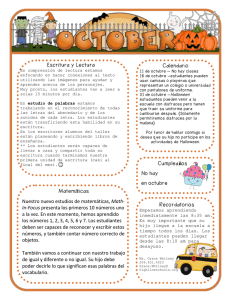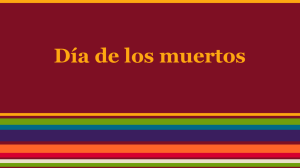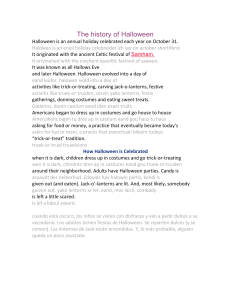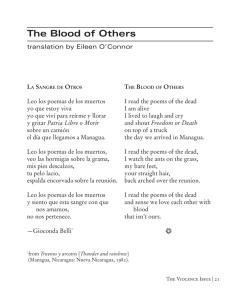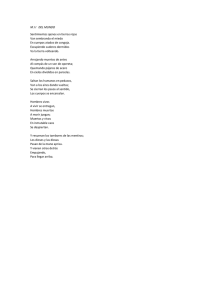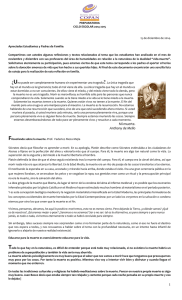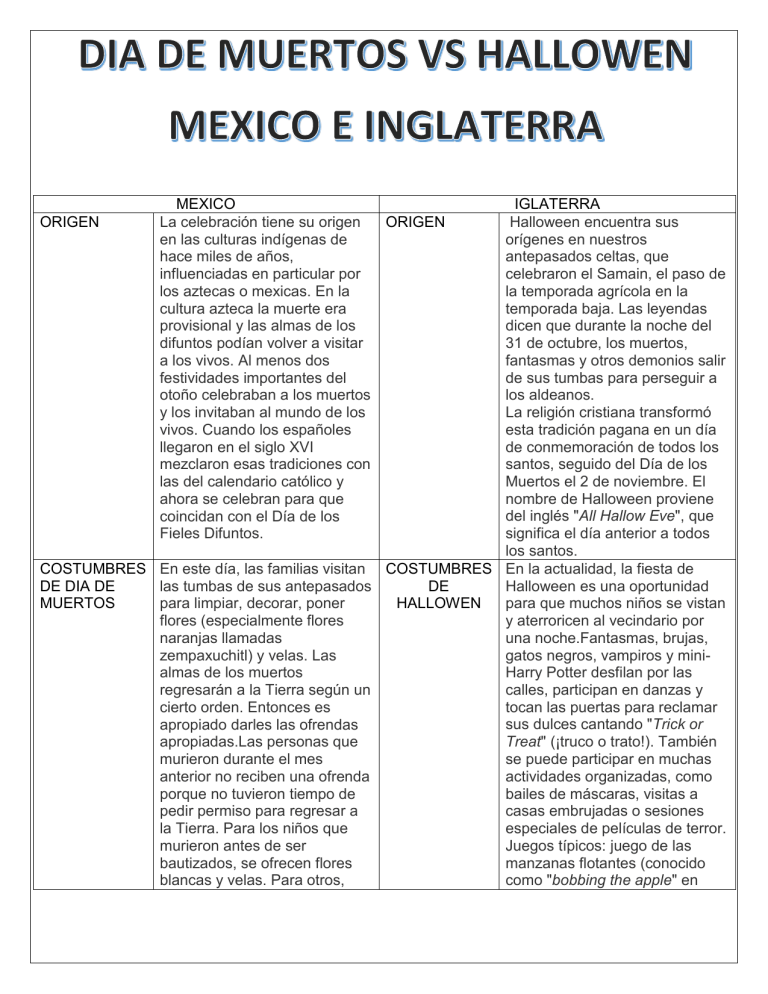
MEXICO La celebración tiene su origen ORIGEN en las culturas indígenas de hace miles de años, influenciadas en particular por los aztecas o mexicas. En la cultura azteca la muerte era provisional y las almas de los difuntos podían volver a visitar a los vivos. Al menos dos festividades importantes del otoño celebraban a los muertos y los invitaban al mundo de los vivos. Cuando los españoles llegaron en el siglo XVI mezclaron esas tradiciones con las del calendario católico y ahora se celebran para que coincidan con el Día de los Fieles Difuntos. IGLATERRA ORIGEN Halloween encuentra sus orígenes en nuestros antepasados celtas, que celebraron el Samain, el paso de la temporada agrícola en la temporada baja. Las leyendas dicen que durante la noche del 31 de octubre, los muertos, fantasmas y otros demonios salir de sus tumbas para perseguir a los aldeanos. La religión cristiana transformó esta tradición pagana en un día de conmemoración de todos los santos, seguido del Día de los Muertos el 2 de noviembre. El nombre de Halloween proviene del inglés "All Hallow Eve", que significa el día anterior a todos los santos. COSTUMBRES En este día, las familias visitan COSTUMBRES En la actualidad, la fiesta de DE DIA DE las tumbas de sus antepasados DE Halloween es una oportunidad MUERTOS para limpiar, decorar, poner HALLOWEN para que muchos niños se vistan flores (especialmente flores y aterroricen al vecindario por naranjas llamadas una noche.Fantasmas, brujas, zempaxuchitl) y velas. Las gatos negros, vampiros y minialmas de los muertos Harry Potter desfilan por las regresarán a la Tierra según un calles, participan en danzas y cierto orden. Entonces es tocan las puertas para reclamar sus dulces cantando "Trick or apropiado darles las ofrendas Treat" (¡truco o trato!). También apropiadas.Las personas que murieron durante el mes se puede participar en muchas anterior no reciben una ofrenda actividades organizadas, como porque no tuvieron tiempo de bailes de máscaras, visitas a pedir permiso para regresar a casas embrujadas o sesiones la Tierra. Para los niños que especiales de películas de terror. murieron antes de ser Juegos típicos: juego de las bautizados, se ofrecen flores manzanas flotantes (conocido como "bobbing the apple" en blancas y velas. Para otros, llevan juguetes. Para los adultos es habitual dejar botellas de tequila. También se hacen ofrendas en cada casa en altares ubicados en las habitaciones del difunto con: incensario, flores de la suerte, velas encendidas, fotos del difunto durante su vida, calaveras de azúcar o chocolate, frutas, el pan de los muertos, dulces, comida que el difunto disfrutaba, bebidas, agua bendita y varias ofrendas especiales para el difunto (tabaco, cerámica ...). Las calaveras llevan los nombres de los muertos en la frente. Aunque generalmente son representativos del difunto Los aztecas y otras civilizaciones conservaron como trofeos los cráneos de los vencidos y los mostraban el Día de los Muertos. Estas calaveras simbolizan la muerte y el renacimiento. Para guiar a las almas, se realiza un camino de pétalos de flores desde la calle hasta el altar. Se recitan oraciones y se reproduce música. Los mexicanos, que son casi todos católicos, comienzan su día rezando a los muertos y terminan bebiendo a su salud. El mexicano no le teme a la muerte, se burla de ella, juega con ella e incluso convive. inglés) es uno de los más populares en Halloween. Las manzanas se colocan en un recipiente con agua, en el cual pueden flotar algunas ranas y arañas; Verdadero o falso, para que lo veas ... El objetivo es comer las manzanas sin usar las manos. Para darle vida a la fiesta y hacerla aún más divertida, ¡los ojos se pueden vendar! Esta tradición está vinculada a una antigua fiesta romana que honraba a Pomona, la diosa de las frutas y los árboles. Origin DAY OF THE DEAD CUSTOMS MEXICO The celebration has its origins in indigenous cultures thousands of years ago, influenced in particular by the Aztecs or Mexica. In the Aztec culture, death was provisional and the souls of the deceased could revisit the living. At least two major fall festivals celebrated the dead and invited them into the world of the living. When the Spanish arrived in the 16th century, they mixed those traditions with those of the Catholic calendar and now they are celebrated to coincide with All Souls' Day. On this day, families visit the graves of their ancestors to clean, decorate, put flowers (especially orange flowers called zempaxuchitl) and candles. The souls of the dead will return to Earth in a certain order. Then it is appropriate to give them the appropriate offerings. People who died during the previous month do not receive an offering because they did not have time to ask permission to return to Earth. For children who died before being baptized, white flowers and candles are offered. For others, they carry toys. For adults it is customary to leave bottles of tequila. origin HALLOWEEN CUSTOMS IGLATERRA Halloween finds its origins in our Celtic ancestors, who celebrated the Samain, the passing of the agricultural season in the low season. Legends say that during the night of October 31, the dead, ghosts and other demons emerge from their graves to haunt the villagers. The Christian religion transformed this pagan tradition into a day of commemoration of all saints, followed by the Day of the Dead on November 2. The name of Halloween comes from the English "All Hallow Eve", which means the day before all saints. Nowadays, the Halloween party is an opportunity for many children to dress up and terrorize the neighborhood for a night. Ghosts, witches, black cats, vampires and mini-Harry Potters parade through the streets, participate in dances and knock on doors. to claim their candy by singing "Trick or Treat" (trick or treat!). You can also take part in many organized activities, such as masquerade balls, visits to haunted houses or special sessions of horror movies. Typical games: The floating apple game (known as "bobbing the apple" in English) is one of the most popular on Halloween. The apples are placed in a Offerings are also made in each house in altars located in the rooms of the deceased with: censer, lucky flowers, lighted candles, photos of the deceased during his life, sugar or chocolate skulls, fruits, the bread of the dead, sweets, food that the deceased enjoyed, drinks, holy water, and various special offerings for the deceased (tobacco, pottery...). The skulls bear the names of the dead on their foreheads. Although they are generally representative of the deceased, the Aztecs and other civilizations kept the skulls of the vanquished as trophies and displayed them on the Day of the Dead. These skulls symbolize death and rebirth. To guide the souls, a path of flower petals is made from the street to the altar. Prayers are recited and music is played. The Mexicans, who are almost all Catholic, begin their day by praying to the dead and end by drinking to their health. The Mexican is not afraid of death, he makes fun of it, plays with it and even lives with it. . container of water, in which some frogs and spiders can float; True or false, for you to see... The goal is to eat the apples without using your hands. To spice up the party and make it even more fun, the eyes can be blindfolded! This tradition is linked to an ancient Roman festival that honored Pomona, the goddess of fruit and trees.
